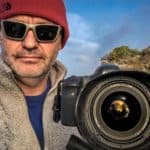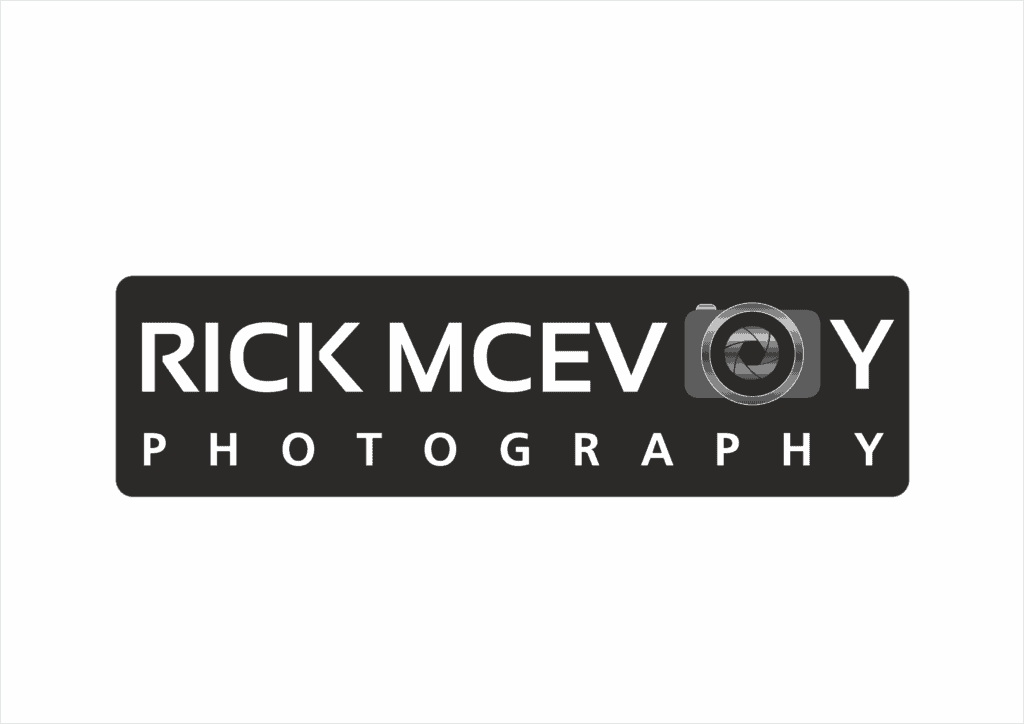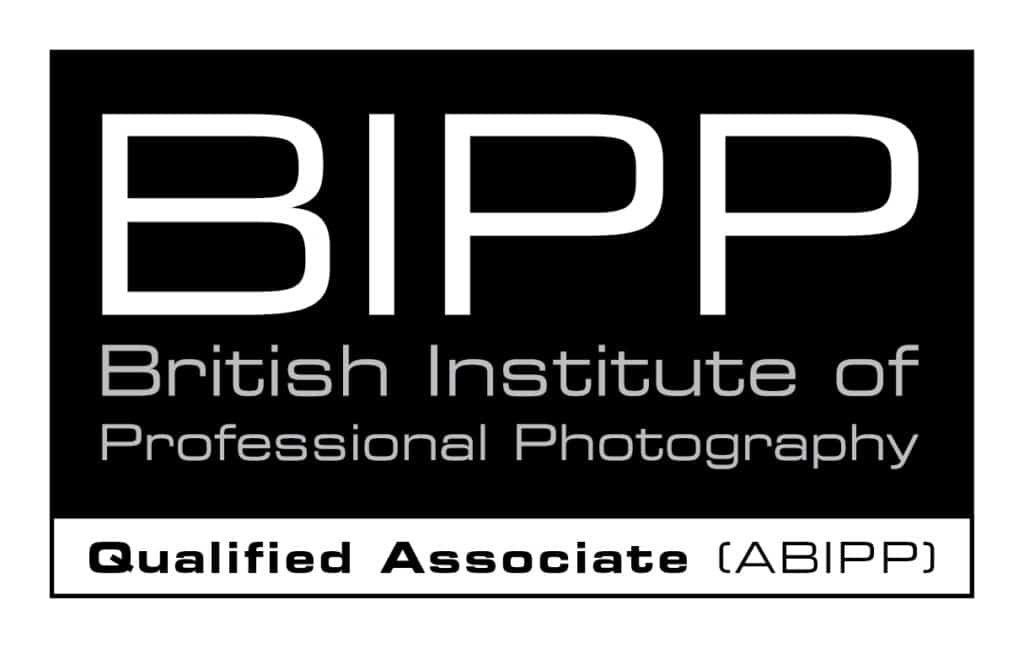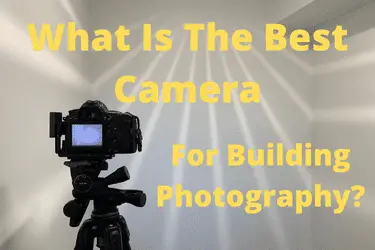Choosing the right camera for each genre of photography needs some real thought and consideration. Different cameras are best suited for different types of photography. And Building photography is no exception. Let me explain.
The best camera for building photography is the camera with the largest size sensor that you own. The best type of camera for building photography is a full frame DSLR camera or full frame mirrorless camera. This takes account of size, weight, cost and portability when working on site.
OK – that was the answer – now let’s look at these in a little more detail.
Short post alert here by the way!
Yes, the best camera for building photography is the camera with the largest size sensor that you own. If you only have one camera then that is the best camera for taking photos of buildings. Let’s not over complicate this!
And if you have a full frame mirrorless or DSLR camera, then that is, in my opinion, the best type of camera to photograph buildings. Yeah I know there are other types of cameras, bigger and better, but you don’t want to take them some of the places I have to get!
So here are some good, general points for you to think about. Generalisations they might be, but they are pretty sound generalisations at that.
And let’s not forget, this is what I do. This is what I teach. This is my thing. So I know what I am talking about OK?
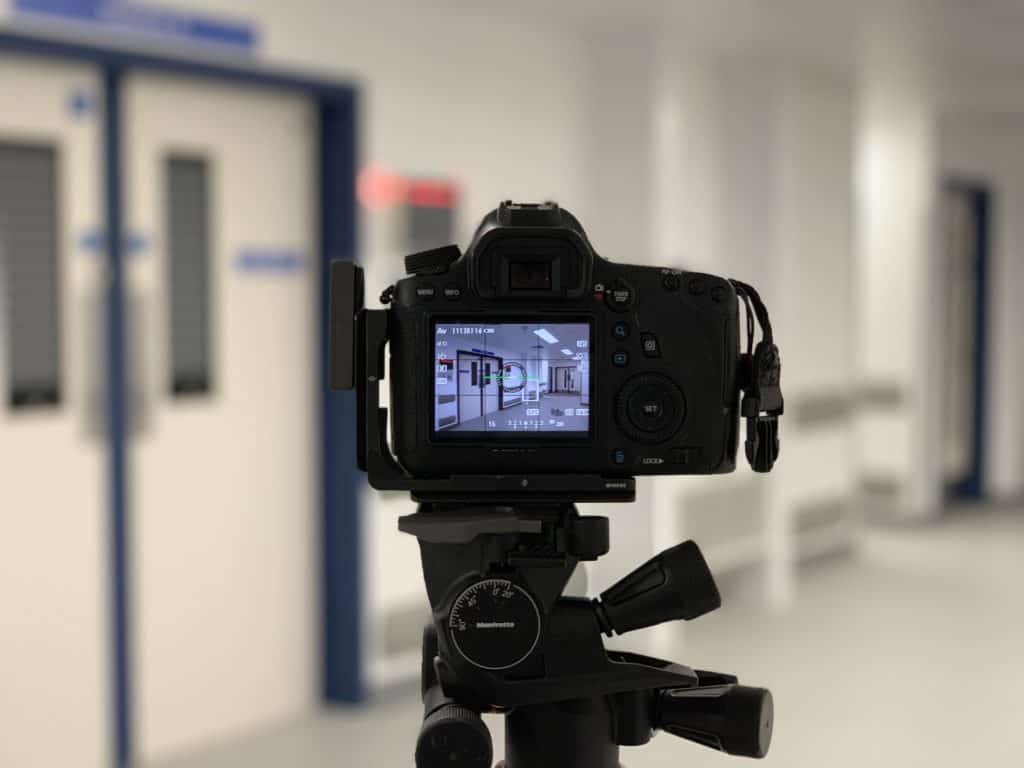
1 – Focal lengths
Yes the camera that you use has a direct impact on the actual focal lengths that you get from a camera lens.
To photograph buildings you will need wide angle lenses. Now a camera with a smaller sensor will have a crop factor, meaning that on say a micro four thirds camera a 20mm focal length will give you an effective focal length of 40mm. Probably not wide enough to photograph a building. And not wide enough for me for sure.
A full frame camera with a larger sensor gives you the actual focal length that the lens has, which cis what we need at the wide end of things.
I have heard too many times of people buying cheaper cropped sensor cameras and being disappointed by the crop factor, and the effect that this has on the effective focal lengths that you get with cropped sensor cameras – i.e. 20mm focal length = circa 32mm effective focal length on a cropped sensor camera. Not wide enough.
I know it’s a nightmare isn’t it!
But the larger the camera sensor the better for photographing buildings.
2 – Image quality
You will get higher quality images using a camera with a larger sensor than you will using a camera with a smaller sensor. I need to caveat this, this is with all things being equal, and on a like for like basis.
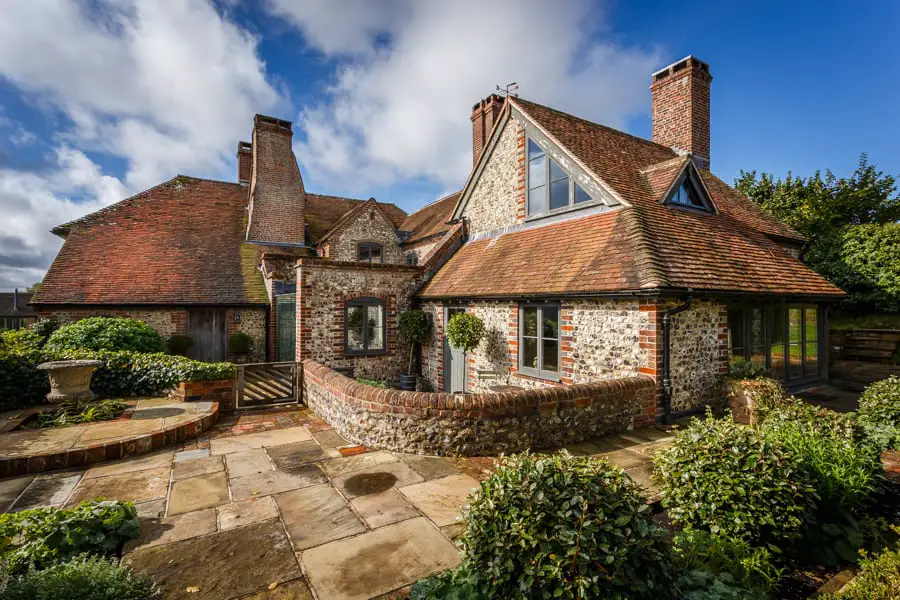
The larger the sensor, the higher the number of pixels that can be captured. The more pixels that are captured, the more data is recorded, and the higher the quality of the image. Images are clearer, and have more details, and more tonal information.
Ok – that has to be a good thing right?
Oh yes and they look better too. And you have more data to work with in post processing.
3 – Low light performance
The larger the sensor, the better the quality of low light image capture performance. And that means that you will get more data in the darker areas of a photo with a larger sensor – again a larger sensor means more data is captured which means higher quality image capture in low light.
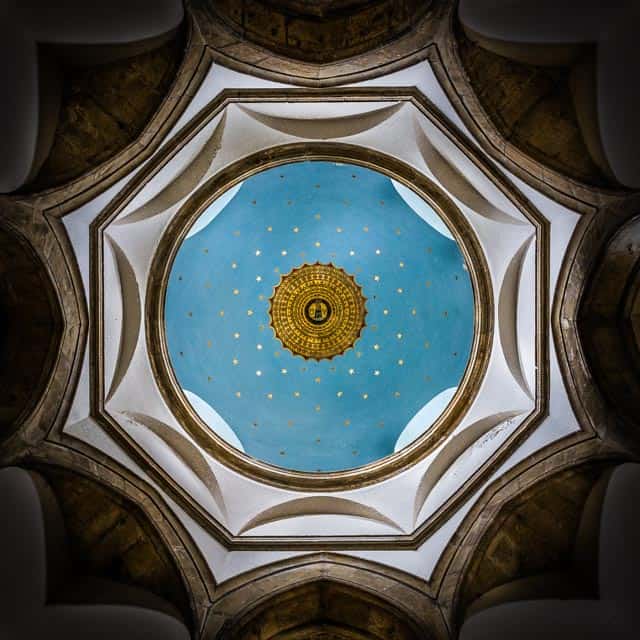
4 – Noise
What is noise? I like to call it digital bad stuff. It makes the dark areas look horrible, giving erroneous data on pixels, and an almost grain type appearance to parts of a photo. Not that well described I know, but if you have shadows in a photo that look bad this probably noise.
And this problem is compounded by increasing the ISO – it gets worse.
Like I say, noise is digital bad stuff, and camera sensor size can affect how much noise you get in a photo.
Noise can be dealt with to a degree in post-processing, but is best avoided.
But if you need to increase the ISO to get a sharp photo that is better than taking a blurry photo. Chuck your camera on a tripod and drop the ISO to 100 though and problem solved!
5 – Size and weight of the camera and lenses
The smaller the camera sensor the smaller the camera and lens. So the larger the camera sensor the larger the camera and lens.
This is an argument for smaller cameras, such as micro four thirds and cropped sensor cameras. But to be honest this is not a factor when photographing buildings. No full frame is fine for me.
And I do not really want anything bigger, as I have to get around construction sites, so don’t really want a bigger camera.
And I only use my camera and one lens on most shoots, so the slightly larger camera I am fine with. And I can comfortably hold my Canon 6D on one hand, leaving the other hand free to get to places on construction sites.
6 – Cost
I am talking here about the cost of the of the camera and as a result the cost of the camera lenses. Full frame cameras cost more than cropped sensor and micro four thirds cameras.
I use my Canon 6D and Canon 17-40mm lens to take photos of buildings. Not cheap granted, but certainly not extravagant. The 17-40 is a bit of a bargain full frame wide angle lens, a lens that I have used for years and could not work without. And it is an L series, professional lens.
Cost of gear is a juggling act, but as I said before, beware of the impact of crop factors.
Buy a micro four thirds camera and you will save money on the camera body for sure, but you will have to pay more for a super wide lens to get the focal lengths that we need to photograph buildings. Sure an Olympus micro four thirds camera is cheaper than a Canon full frame camera, but the equivalent lens is much more expensive.
Like I say a factor, but not the overriding factor. Image quality is most important, the cost is what the cost is.
And don’t forget, buy the right gear and look after it and it will serve you well for many, many years.
What do I do?
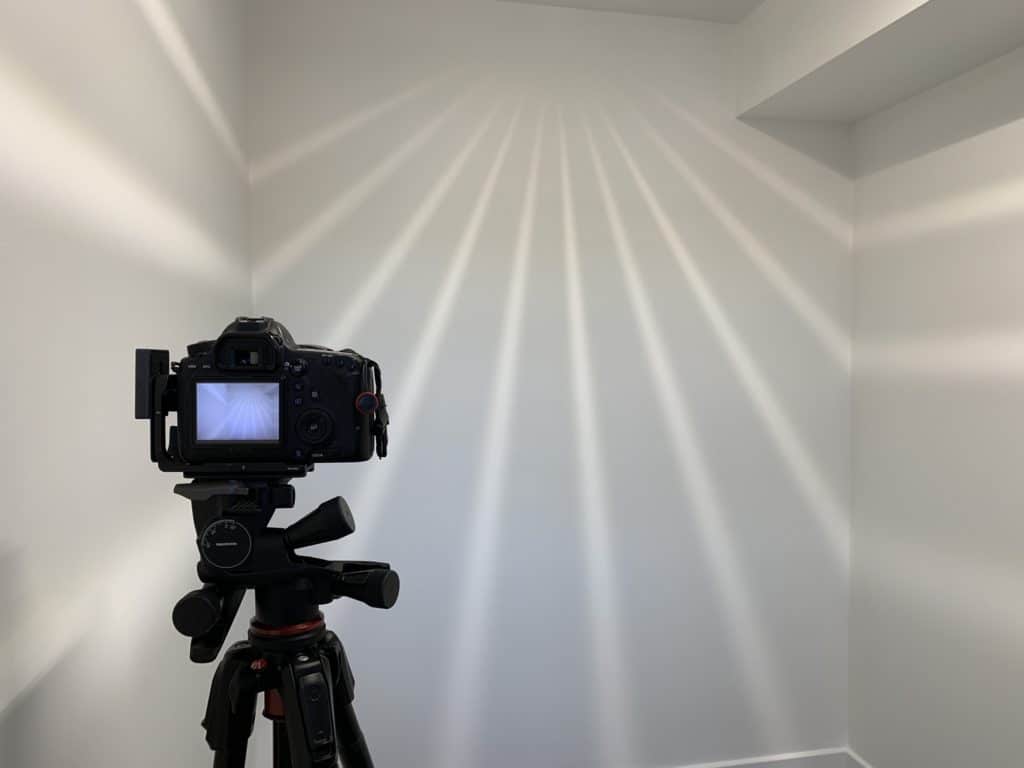
I use a full frame Canon DSLR, the Canon 6D, to photograph buildings. This allows me to get a true 17mm focal length with my marvellous Canon 17-40mm F4L lens. I have used this camera and this lens successfully for many years.
And I love the image quality and depth of tones that I get with my Canon 6D, truly a great full frame Canon camera. And for me image quality is always my number one priority.
Related reading
So much stuff related to taking photos of buildings. Just check out my website, put something in the search box and you will find something interesting. Well I hope you will find something interesting.
And if you do not find what you are looking for give me a shout and I will write about whatever it is you want to know about in a future post.
Related viewing.
There is a video for this blog post on my You Tube channel – a short one for this post but a good video all the same!
Related listening
Yes, related listening. Check out my splendid Photography Explained Podcast for lots of good stuff, and photography things explained one at a time in plain English in less than 10 minutes ish without the irrelevant details.
Thanks for being with me.
Any questions get in touch via my website. It would be great to hear from you.
Cheers from me Rick
